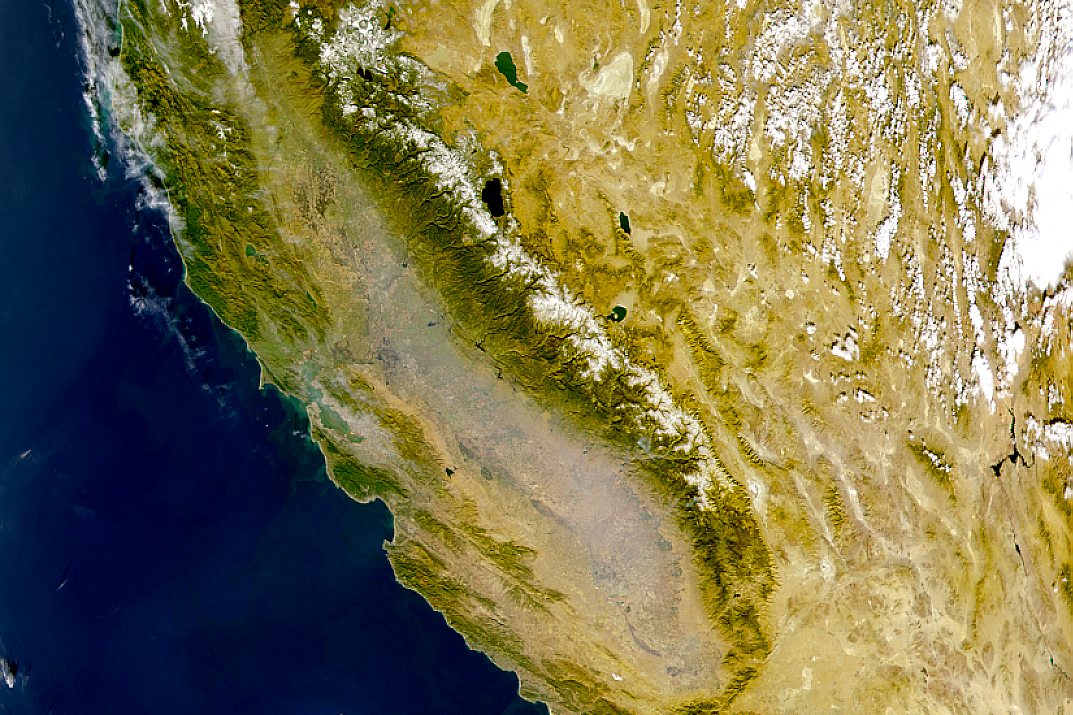By Jane Berg and Tamara Enz June 6, 2025 What is the Internet of Animals? For…
NASA’s Carbon Monitoring Research Awards Proposal Funds to Dr. Sangram Ganguly
NASA Carbon Monitoring System (CMS) has announced its 2016 proposal awardees. Dr. Sangram Ganguly received funding for two proposals (as Co-Investigator) for the next three years to perform research related to monitoring, reporting, and verification (MRV) of the annual greenhouse gas inventory (GHG) for forests in the United States and to create tools to bridge the gap between CMS products and stakeholders using the NASA Earth Exchange (NEX) platform. The total value of the awards is over $2.4 million for the duration of the program. Dr. Ganguly, as a principal investigator, currently has a NASA CMS funded project to estimate tree cover from very high resolution aerial and satellite imagery using state-of-art machine learning algorithms and also leads the NASA CMS working group on uncertainties, algorithm assessment, and inter-comparisons.
The GHG inventory project will be led by Dr. Sassan Saatchi from the NASA Jet Propulsion Lab and Caltech, and it will contribute to reporting by the U.S. Forest Service and the U.S. Environmental Protection Agency (EPA) to the United Nations Framework Convention on Climate Change (UNFCCC). The proposed work will produce spatial products on carbon stocks and fluxes with the low latency for national carbon management and reporting. Extensive analysis needs to be performed to integrate high-resolution remote sensing-derived products and models to produce these datasets.
The second project, led by Dr. Robert Kennedy from Oregon State University, aims at developing tools to integrate static and dynamic CMS products of any temporal, spatial, and semantic content into a consistent, continental-wide, derived database of yearly land cover, biomass, disturbance, and growth in terrestrial systems, along with spatially explicit and consistent uncertainties. All the analysis tools and workflows will be built on the NEX platform, and a significant end product will provide a smart application programming interface (API) to allow modelers and stakeholders easy access to these data in the spatial, temporal, and information domain on demand.
Besides Dr. Ganguly’s involvement from BAER, the NASA CMS project teams include scientists from the NASA Jet Propulsion Lab/ Caltech, UC Berkeley, USDA, Applied Geosolutions, Oregon State University, Conservation Biology Institute, Northern Arizona University, Clark University, USFS, Colorado State University, LP DAAC and ORNL DAAC.



